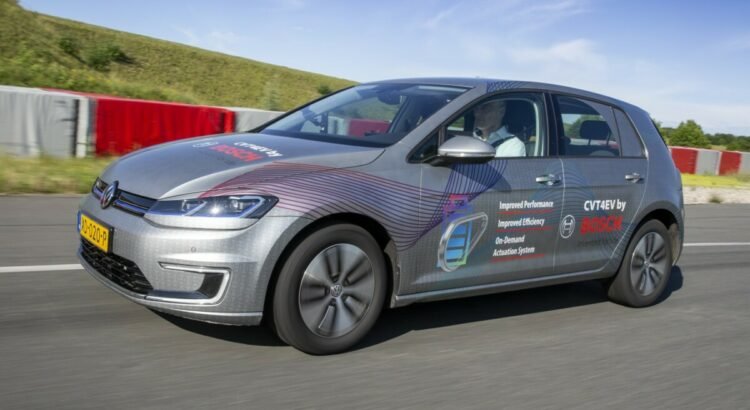Bosch Promotes a CVT for EVs and Claims It Improves Efficiency

At the same time, ICE suppliers were sure to face doom when electric cars prevailed. Bosch seems to have come up with a solution for both issues: a CVT for EVs – or CVT4EV, as the company decided to call it.
According to the German titan, getting an electric car to work with a continuously variable transmission allows the electric motor to work at its “optimum operating conditions.” That would enable the vehicle to spend less energy for the same speed and the battery pack to be smaller due to those efficiency gains.
Critics of the solution Bosch proposed will argue that it adds complexity to the vehicle. Yet, if the CVT4EV really helps lower the vehicle weight for the same range, manufacturers may offer more capable EVs without investing in bigger battery packs. Consumers would also pay less for their electric cars since CVTs may be less expensive than the number of cells they may help save.
EVs are known to have fantastic torque, which was always a problem for CVTs. That must be why Bosch stated that the CVT4EV uses a pushbelt. We searched for more information about it and learned it is composed of “hundreds of individual specially designed steel elements” and that it can stand more than 500 Nm (369 pound-feet) in EVs.
According to Bosch, other advantages the CVT4EV would offer are multiple driving modes and modularity. The first helps the car behave in more specialized ways depending on what the driver wants it to do. Today, that is achieved with software and the electric motor alone.
Modularity is something that carmakers want. The CVT4EV would allow them to use the same powertrain in very different vehicles and applications without massive changes. Bosch showed a variety of bodies the electric motor and the CVT4EV could power.
Regarding suppliers, this may show that they may shift from producing ICE components to things that can actually be used by electric cars. If the CVT4EV proves to be advantageous, other companies may conceive new solutions to survive the EV shift. It’s either that or getting out of business.
